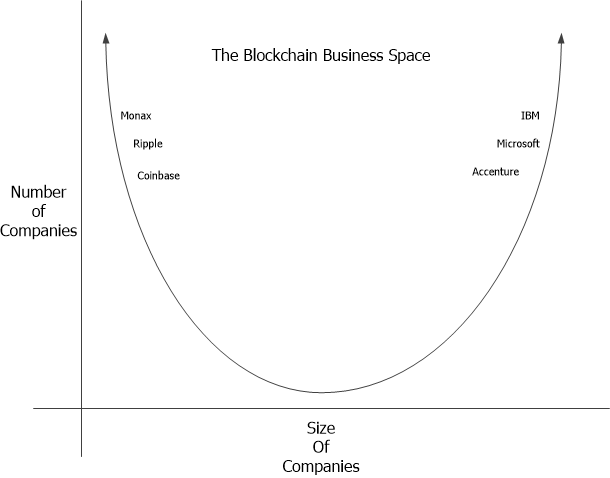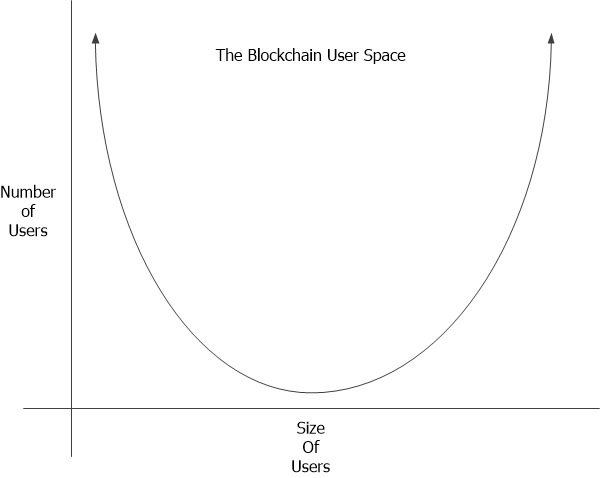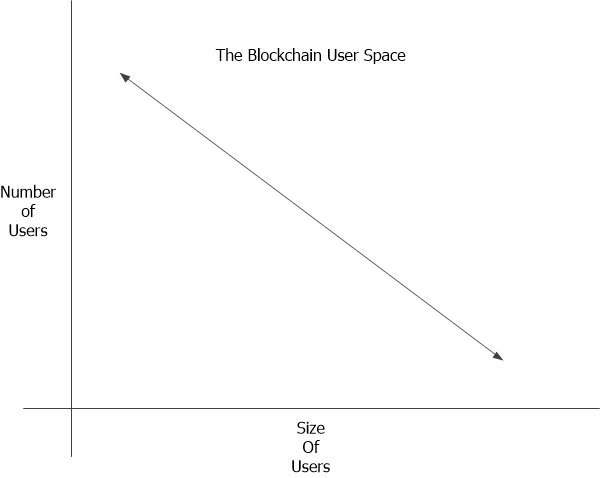Consensus, the blockchain conference of the year, starts May 22nd, and I am excited to be attending for the first time. According to Coindesk, there will be over 2000+ attendees, 100+ speakers, and over 20+ countries represented. Everything going on in the blockchain world will be covered, however, there are a few talks I’m most looking forward to.
Top Three Talks I’m Excited to See
Legality & Structure of ICOs
Speakers: Chris Burniske – Ark Invest – Moderator; Preston Bryne – Monax; Thomas Linder – MME; Matthew Tan – Etherscan; Peter Van Valkenburg – Coin Center
Initial Coin Offerings (ICOs), where crypto-tokens are offered for sale to fund a project, are a wild west of crowd funding these days for new blockchain projects. This talk should be lively as some people are convinced that these tokens are securities, and other people are convinced that these tokens are something new entirely.
Falling Behind? Is the United States Fostering Blockchain Innovation or Sending it Overseas?
Speakers: Perianne Boring – President – Chamber of Digital Commerce – Moderator; Jeff Bandman – FinTech Advisor – US Commodity Futures Trading Commission; Valerie Szczepanik – Head, Distributed Ledger Technology Working Group – US Securities and Exchange Commission
Blockchain based innovation really is worldwide, and it is inherently focused on value exchange, whether that’s currency or assets. What is interesting to watch is how blockchain solutions are being adopted in various countries. This talk should shed some light on where the US stands in all this.
Technical Challenges in Blockchain: Consensus Mechanisms & Smart Contract Verification
Speakers: Stefan Thomas – CTO, Ripple; Mark Staples Blockchain Group Leader, Data61
Smart contracts are a huge part of why people are excited about blockchain. The ability to distribute trust, computation, business relationships, and more is on the horizon. These two speakers are in the trenches hammering out that future.
Ultimately, I have no doubt the conference will be illuminating in many ways I can’t anticipate. I’m sure I’ll have more to write about what I saw and heard when I return.


